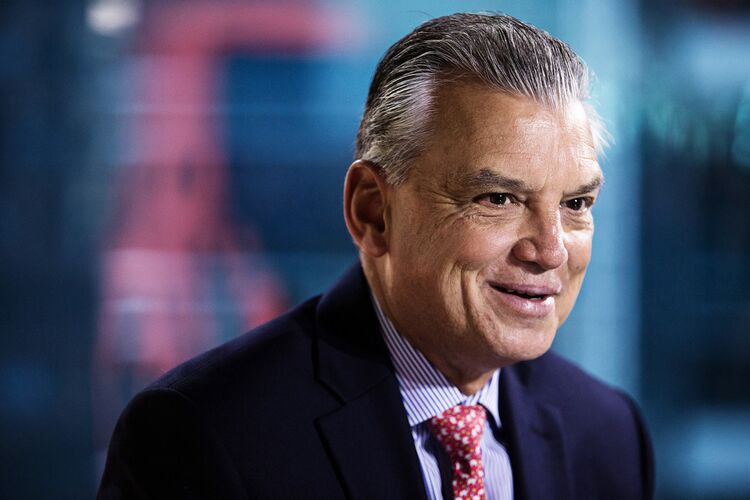Leeham News and Analysis
There's more to real news than a news release.
Pontifications: 49 years ago, the first 747 rolled out
Sept. 30, 2017, © Leeham Co.: Today is the 49th anniversary of the roll-out of the Boeing 747-100.
On Nov. 7, United Airlines operates its last 747 flight. Delta Air Lines ends it 747 service this year. Afterward, there won’t be a single US operator of the passenger model.
The 747 remains in service with US cargo carriers Atlas Air, Kalitta Air, UPS and a few others. Globally, British Airways, Lufthansa and Korean Air Lines are among those flying the passenger model.
Ted Reed, one of the writers of TheStreet.com, asked me earlier this month to give some thoughts about the 747. Below is what I gave him; he excerpted some for his column in Forbes. The focus was on US operators.
Commercialized C-130 beats rivals, crew says
 June 18, 2017, © Leeham Co.: The commercial offering of the venerable Lockheed Martin C-130J, the LM-100J, is here at the Paris Air Show, along with its rivals, the Embraer KC-390 and Airbus A400M.
June 18, 2017, © Leeham Co.: The commercial offering of the venerable Lockheed Martin C-130J, the LM-100J, is here at the Paris Air Show, along with its rivals, the Embraer KC-390 and Airbus A400M.
The crew with Lockheed Martin waves off the competition.
Neither competitor can match the LM/C-130, they say.
Antonov betting on Western technology
By Bjorn Fehrm
July 14, 2016, ©. Leeham Co, Farnborough Air Show: The company Antonov is world renowned for its rugged transport aircraft. The recent An-124 Ruslan and An-225 Mriya super-heavy transporters are the world’s largest transport aircraft. Both fly daily for the Antonov companies own airline, transporting outsize cargo for companies like Boeing, Airbus, GE, Rolls-Royce and others.
The air freighter company is what keeps Antonov afloat, for it has been hit hard by the fall of the Soviet Union and Ukraine’s decision to split with the Russian Federation and orient itself to the West. Read more
C-17: the end of an era
Dec. 1,2015: The last C-17 flew off the Boeing production line in Long Beach (CA) last week, ending aircraft
The final C-17 before taking off from the Long Beach (CA) production plant Boeing acquired in the McDonnell Douglas merger of 1997. MDC designed the C-17. Los Angeles Times photo.
production at the former McDonnell Douglas plant that began delivering Douglas DC-8s at the start of the jet age.
It’s the end of an era that lasted six decades.
Prior to producing the DC-8 at Long Beach, Douglas Aircraft Co. built its long line of piston airliners at the Santa Monica (CA) Airport.
The DC-8 was followed by the DC-9, DC-10, the DC-9 Super 80 series, the MD-11, the MD-90 and the final commercial airliner at Long Beach, the MD-95/Boeing 717. The C-17 was the only military aircraft built here.
Here’s a photo array dedicated to this storied history.
Northrop wins, Boeing/Lockheed lose bomber contract
 Oct. 27, 2015: Northrop Grumman, builder of the B-2 bomber in the USAF inventory, was awarded the contract to build the next generation long-range bomber, which is yet to be named. For the moment, we’ll call it the “B-3.” For now it’s official name is the Long Range Strike Bomber (LRSB).
Oct. 27, 2015: Northrop Grumman, builder of the B-2 bomber in the USAF inventory, was awarded the contract to build the next generation long-range bomber, which is yet to be named. For the moment, we’ll call it the “B-3.” For now it’s official name is the Long Range Strike Bomber (LRSB).
The Seattle Times has this story.
This is a big blow to Boeing, whose declining defense business was already in trouble from defense cutbacks and previous contract losses. The contract is worth $80bn.
Boeing’s strategy in acquiring McDonnell Douglas Corp back in 1997 was to even the revenue stream between commercial and military, in which Boeing then had a small portion and MDC was predominately military. Boeing was a sub-contractor to Northrop on the B-2, gaining a lot of its composite experience there which ultimately benefited development of the 787.
Unless Boeing finds grounds to challenge the contract award, prevails and wins a second competition, its Defense unit will continue to shrink.
Goldman Sachs, as with many other investment banks, called this a big win for Northrop.






